
Annotated Bibliography - Annotated Bibliography Creation

Hello! Need help with an annotated bibliography for your studies?
Simplify research with AI-powered annotations
What subject have you been studying that requires an annotated bibliography?
Would you like assistance in creating an annotated bibliography for your research project?
How can I help you with your academic research today?
Is there a specific topic or field you need sources for in your annotated bibliography?
Get Embed Code
Introduction to Annotated Bibliography
An Annotated Bibliography is a list of citations to books, articles, and documents. Each citation is followed by a brief (usually about 150 words) descriptive and evaluative paragraph, the annotation. The purpose of the annotation is to inform the reader of the relevance, accuracy, and quality of the sources cited. For example, in academic research, an annotated bibliography provides a concise overview of available research on a topic. It allows researchers to assess the quality and relevance of the sources before diving deep into the literature. Powered by ChatGPT-4o。

Main Functions of Annotated Bibliography
Summarization of Sources
Example
Summarizing a complex academic journal article to highlight its main findings and methodology.
Scenario
A student working on a thesis may use this function to quickly understand the scope of each source without reading them in full.
Critical Evaluation
Example
Evaluating the biases, limitations, and contributions of a research study.
Scenario
Researchers comparing studies on a controversial topic might use this to identify the most credible and relevant research.
Organizing Research
Example
Categorizing sources based on themes, methodologies, or chronology.
Scenario
An academic writing a literature review could use this to structure the review by themes or historical progression.
Identifying Research Gaps
Example
Highlighting areas not addressed by existing research.
Scenario
A policymaker looking to address a new or emerging issue might use this to find gaps in the current literature.
Ideal Users of Annotated Bibliography Services
Academic Researchers
These users benefit from annotated bibliographies by getting a concise overview of literature in their field, helping them identify relevant sources and research gaps efficiently.
Students
Students at all levels can use annotated bibliographies to better understand their research topic, organize their sources, and critically engage with the literature.
Writers and Content Creators
They can use annotated bibliographies to organize their background research, ensuring their content is informed and well-supported by evidence.
Policy Makers and Think Tanks
These users rely on annotated bibliographies to quickly assess the state of research on relevant topics, aiding in evidence-based decision-making and policy development.

How to Use Annotated Bibliography
1. Start with a Free Trial
Begin by accessing yeschat.ai for a complimentary trial experience without the need for logging in or subscribing to ChatGPT Plus.
2. Identify Your Topic
Determine the subject matter or research question for which you're compiling the annotated bibliography to ensure focused and relevant source selection.
3. Collect Sources
Gather a variety of relevant sources, including books, articles, and other pertinent materials that provide insight into your topic.
4. Summarize and Evaluate
For each source, write a concise annotation that summarizes the key points and critically evaluates its relevance and reliability.
5. Organize and Review
Arrange the annotated sources in a structured format, review for consistency, and ensure each entry adheres to the required citation style.
Try other advanced and practical GPTs
Scholar's Aid - Annotated Bibliography
Streamlining Research with AI-Powered Annotations
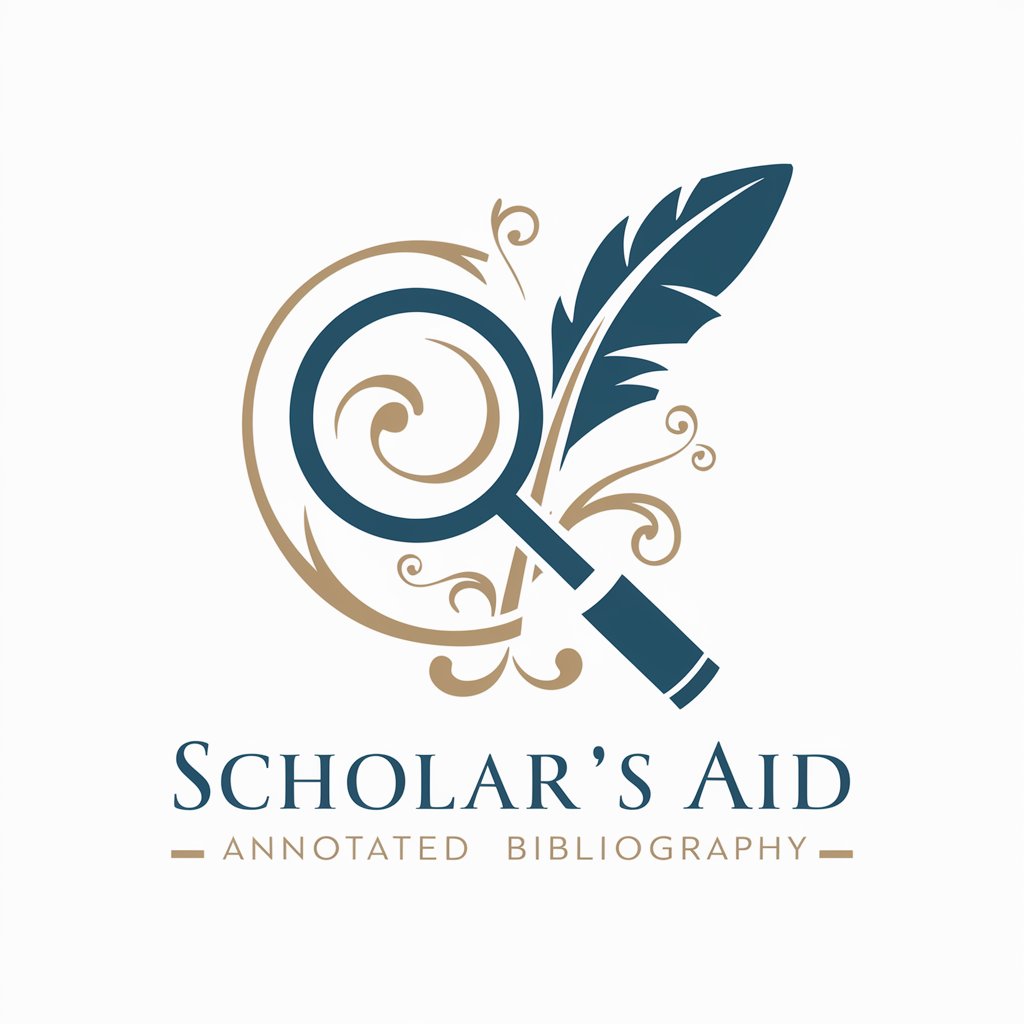
Annotated Bibliography Maker
Streamline your research with AI-powered bibliographies.
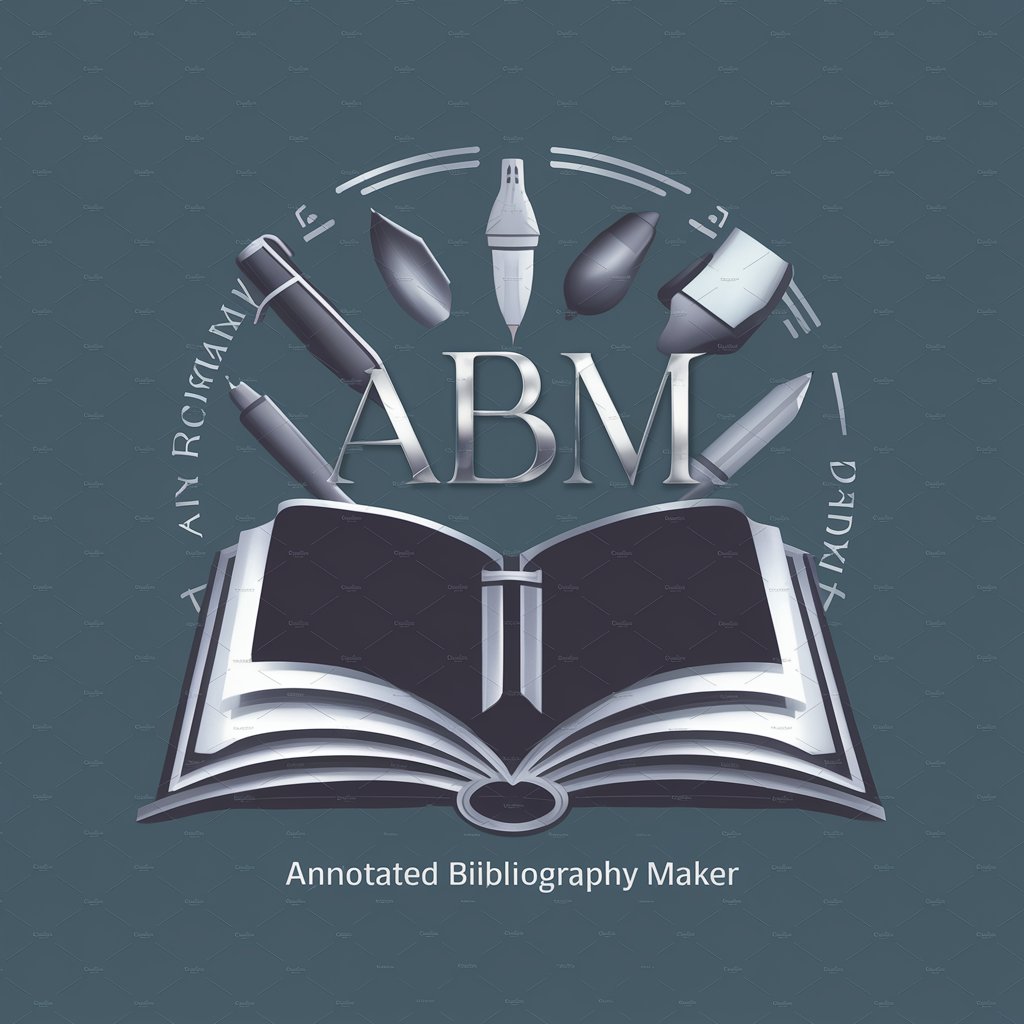
My Civilization Game
Strategize, Conquer, and Rule with AI

The Ancient Egyptian Civilization Expert
Unlocking the secrets of Ancient Egypt with AI

The Story of Civilization
Unraveling the threads of civilization with AI-powered expertise
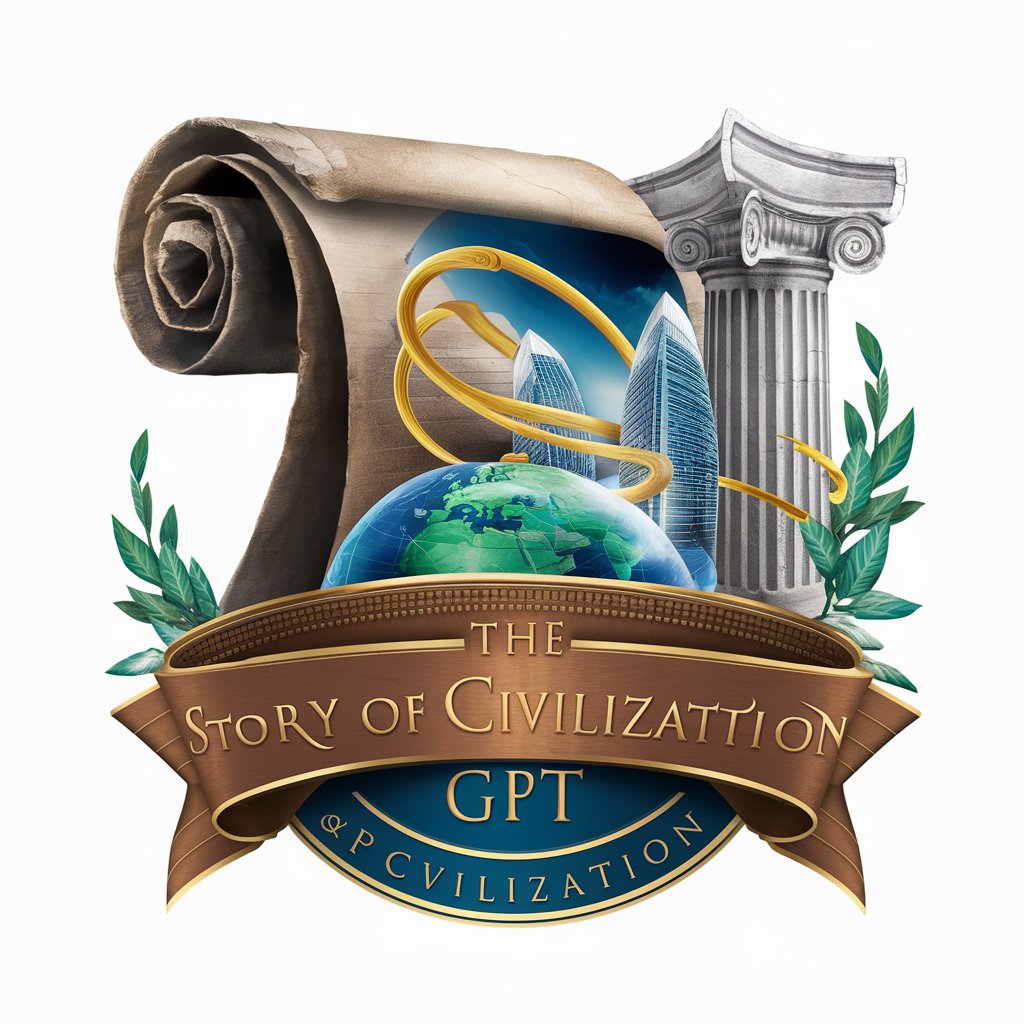
Civilization Generator
Craft detailed civilizations with AI.
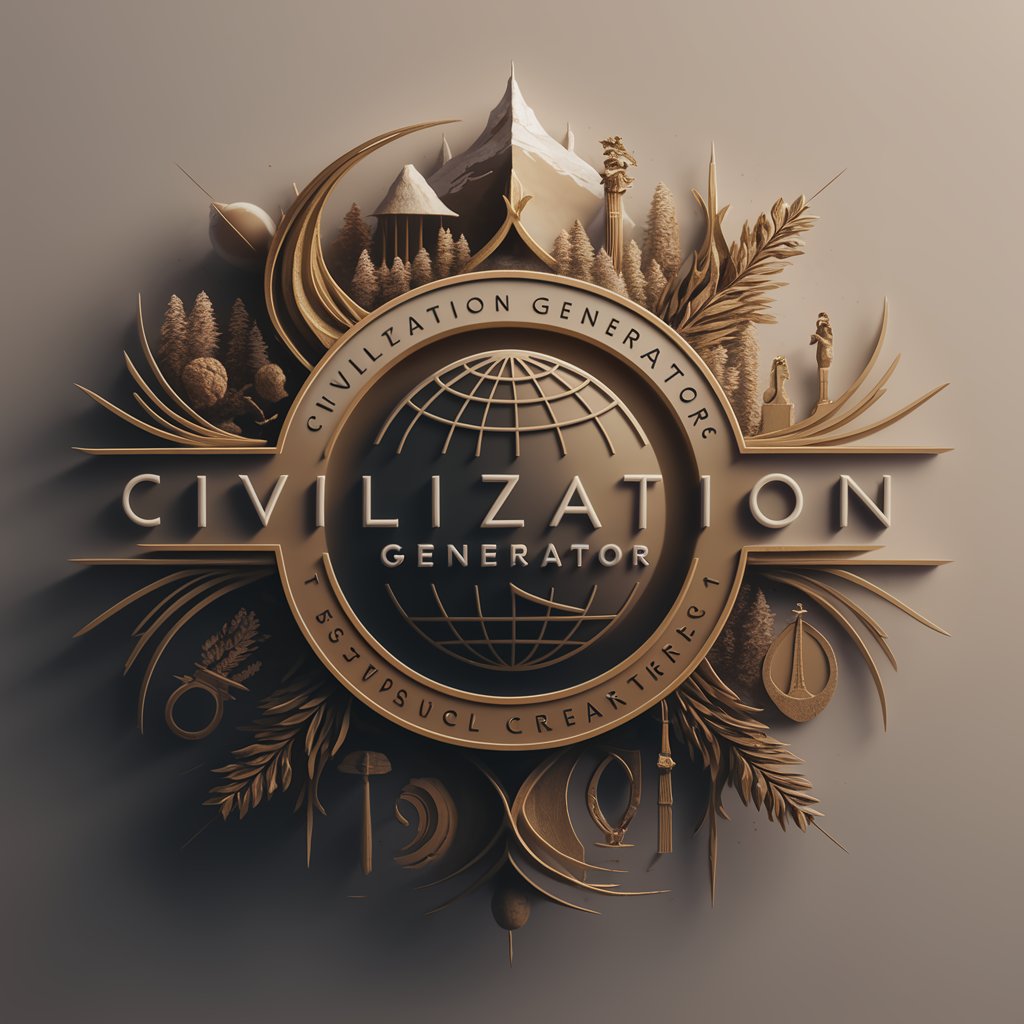
Glamour Alchemist
Craft beauty with AI-powered natural insights.

Which Bride Stereotype am I?
Discover Your Dream Bridal Persona

Glamour Skin Guru
AI-Powered Personalized Skincare Companion

Glamour Guru
Sassy Theoretical Wisdom at Your Fingertips
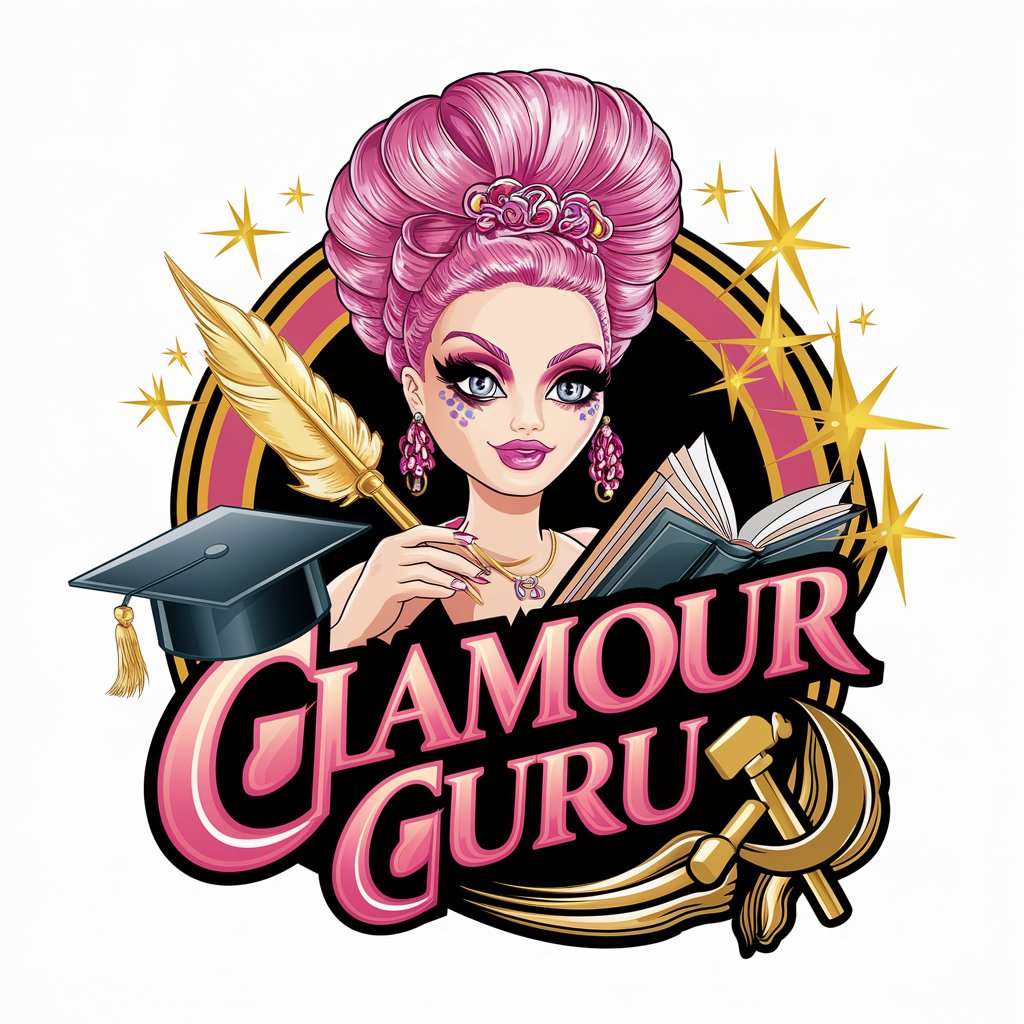
Personal Trainer - for Women
Empowering Your Fitness Journey with AI
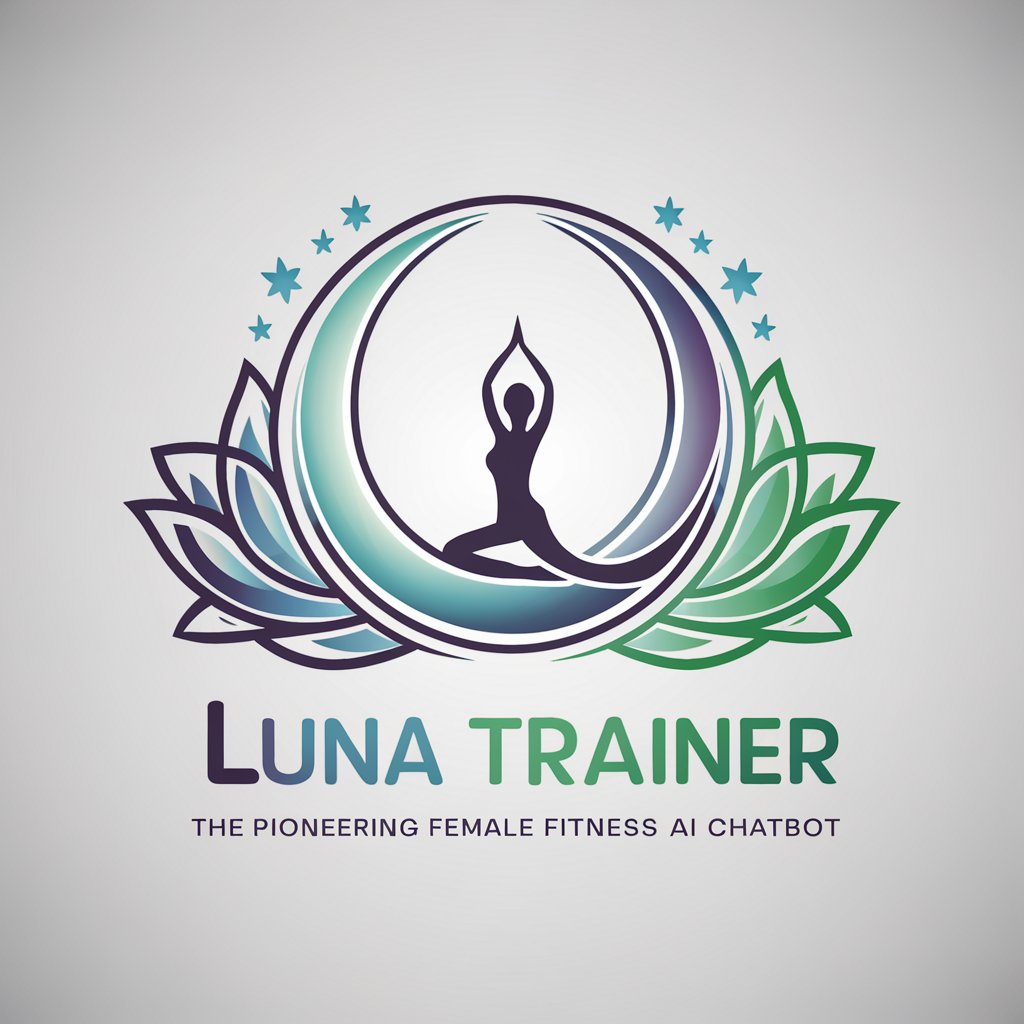
Alessandro Garau - Scrittore Creativo
Empowering your words with AI creativity

Frequently Asked Questions about Annotated Bibliography
What is an Annotated Bibliography?
An annotated bibliography is a list of citations to books, articles, and documents. Each citation is followed by a brief (usually about 150 words) descriptive and evaluative paragraph, the annotation.
Why use an Annotated Bibliography?
It helps in organizing sources for a research project, provides a critical review of the literature, and aids in identifying gaps in research. It's also useful for other researchers seeking a comprehensive overview of resources on a topic.
How do I choose sources for an Annotated Bibliography?
Select sources that directly relate to your research question, are credible, and offer diverse perspectives on your topic. Consider the publication date to ensure relevance.
What should be included in an annotation?
An annotation should include a summary of the source's main points, an evaluation of its reliability, relevance, and biases, and its potential value to your research.
Can Annotated Bibliographies be used outside of academic research?
Yes, they're also useful for non-academic purposes such as business research, personal projects, and as a tool for lifelong learning to organize and reflect on various readings.